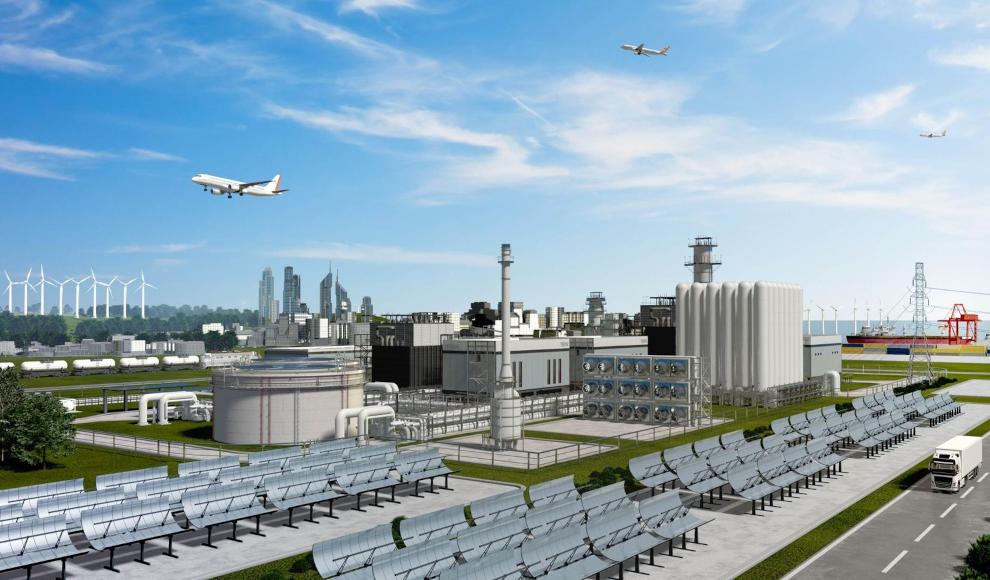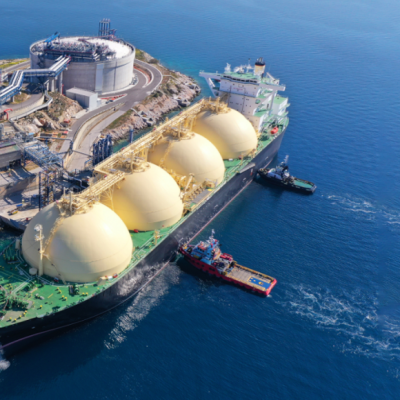The German Aerospace Center (DLR) is researching how to produce electric-based liquid fuels (E-Fuels) on an industrial scale. This comes as the European Union (EU) has banned the registration of vehicles with combustion engines from 2035. However, the German government has intervened to allow combustion engine cars to be registered if they are fully powered by E-Fuels. Porsche has already invested in a pilot production plant for E-Fuels in Chile. E-Fuels are produced by converting water and carbon dioxide into fuel using electric energy. The DLR believes that certain areas of mobility, such as aviation and shipping, will still require liquid fuels in the future. Therefore, the DLR plans to lead research into the industrial production of these fuels, with Leuna in Saxony-Anhalt being selected as the location for the research.
The DLR aims to establish a production facility in the Chemiepark Leuna by January 2024, in collaboration with industrial partners and scientific institutions. The facility, known as the Power-to-Liquid (PtL) platform, will consist of two interconnected production lines. The research line will test new technologies and processes in collaboration with the industry and science, while the demonstration section will produce up to 10,000 tonnes of electric-based liquid fuels annually. The DLR believes that E-Fuels have the potential to reduce non-CO? emissions, such as nitrogen oxides, soot particles, and water vapor in condensation trails, which have a more significant impact on the environment than CO? emissions. The DLR also believes that the chemical design of these fuels could improve their combustion, reducing soot and particulate matter emissions.
While a recent study by the Fraunhofer Institute for Systems and Innovation Research (ISI) criticized the high energy consumption and questionable environmental impact of E-Fuels, the DLR believes that they are necessary for certain areas of mobility. The DLR’s research into the industrial production of E-Fuels could lead to significant advancements in the field, making them a viable alternative to fossil fuels.










